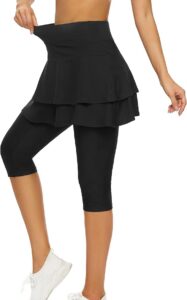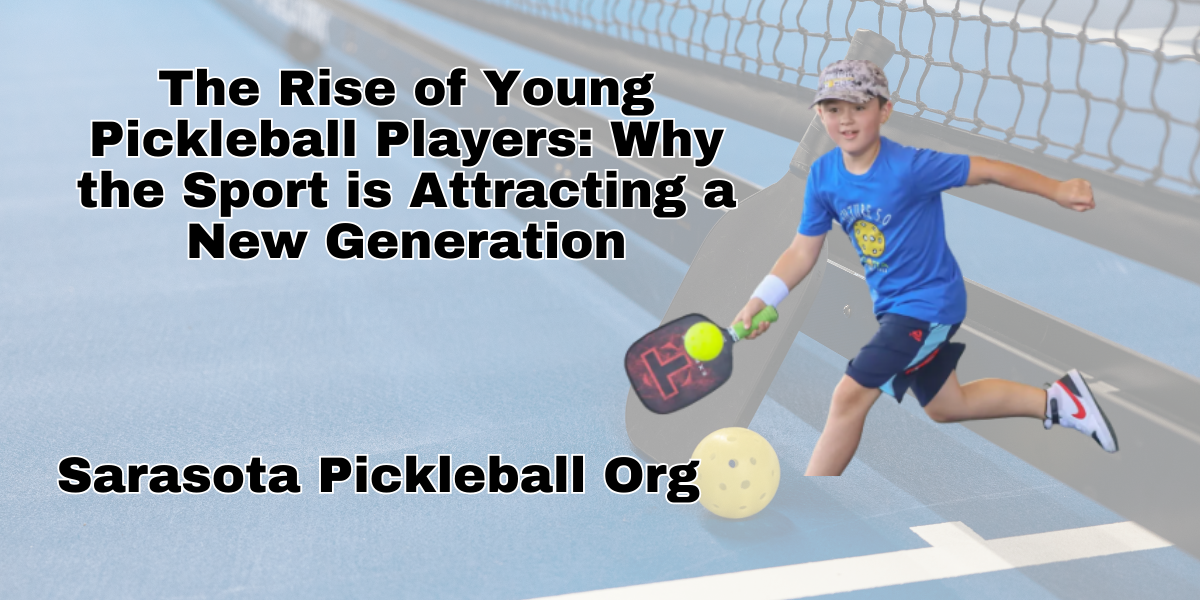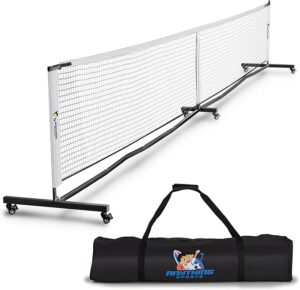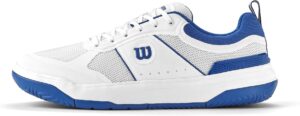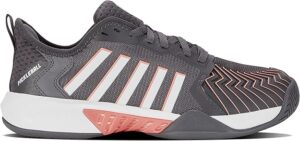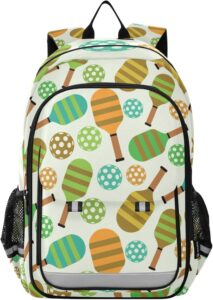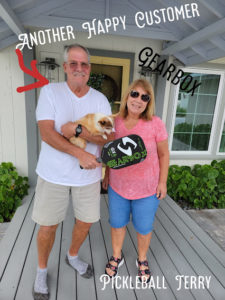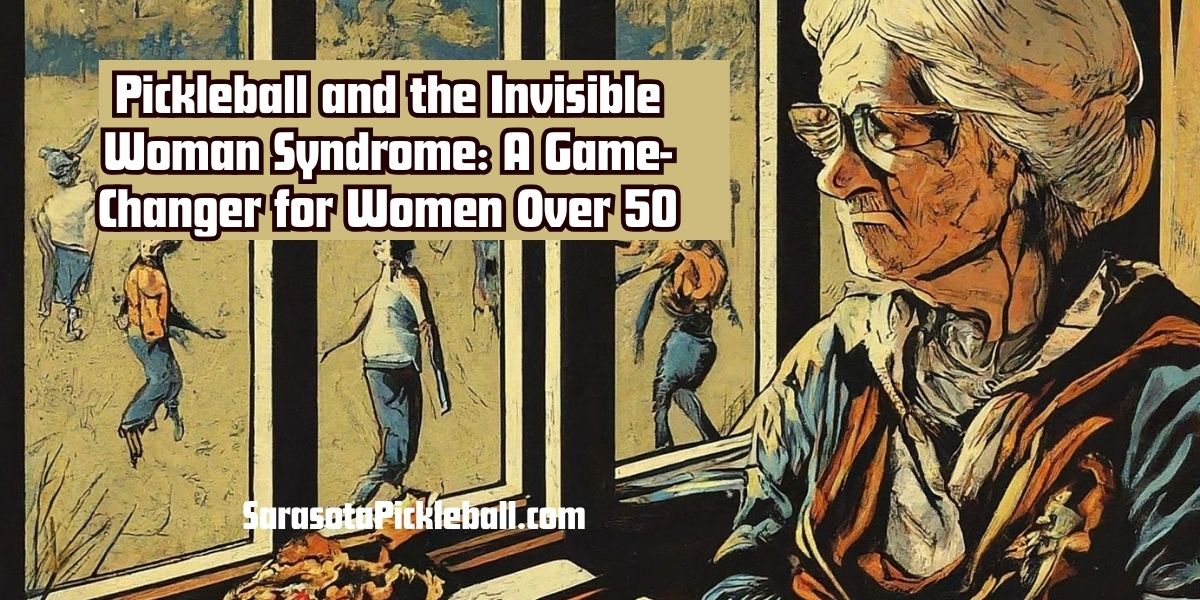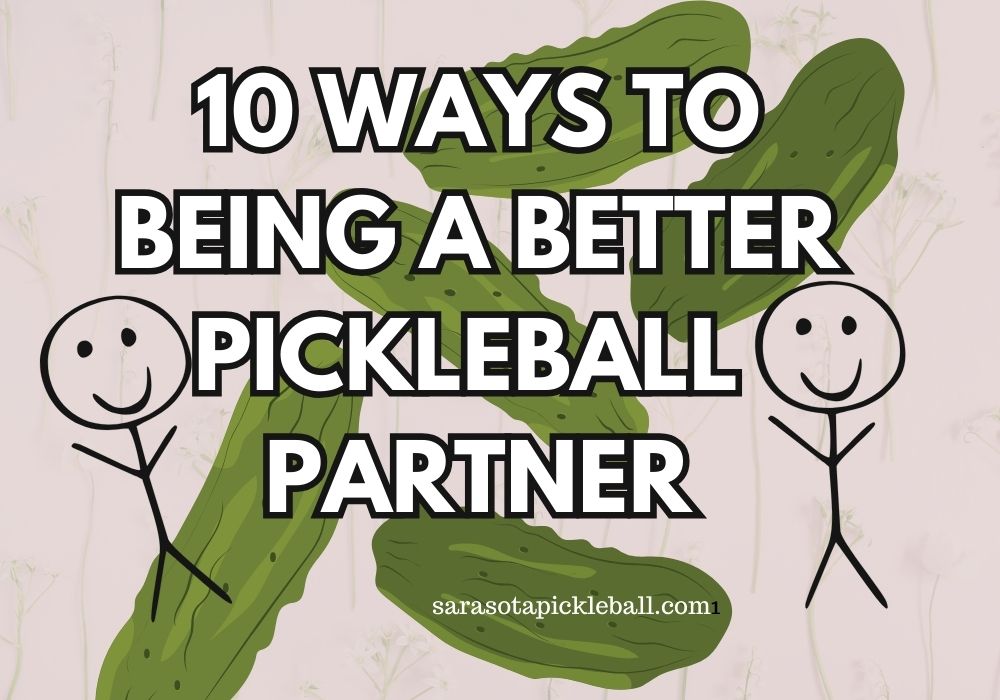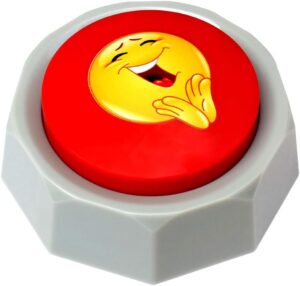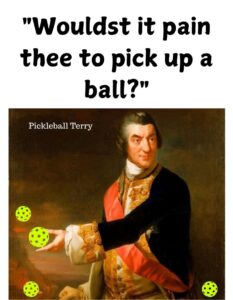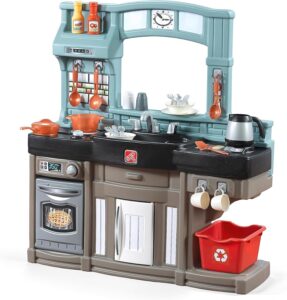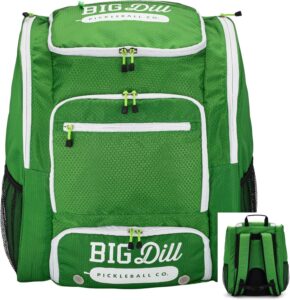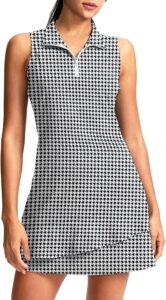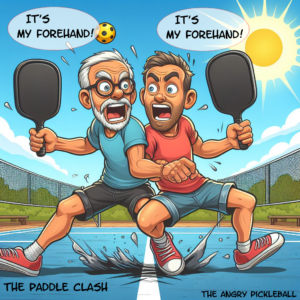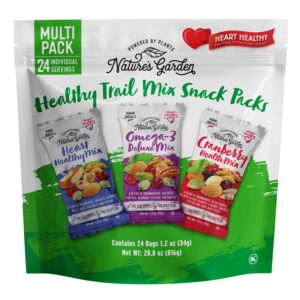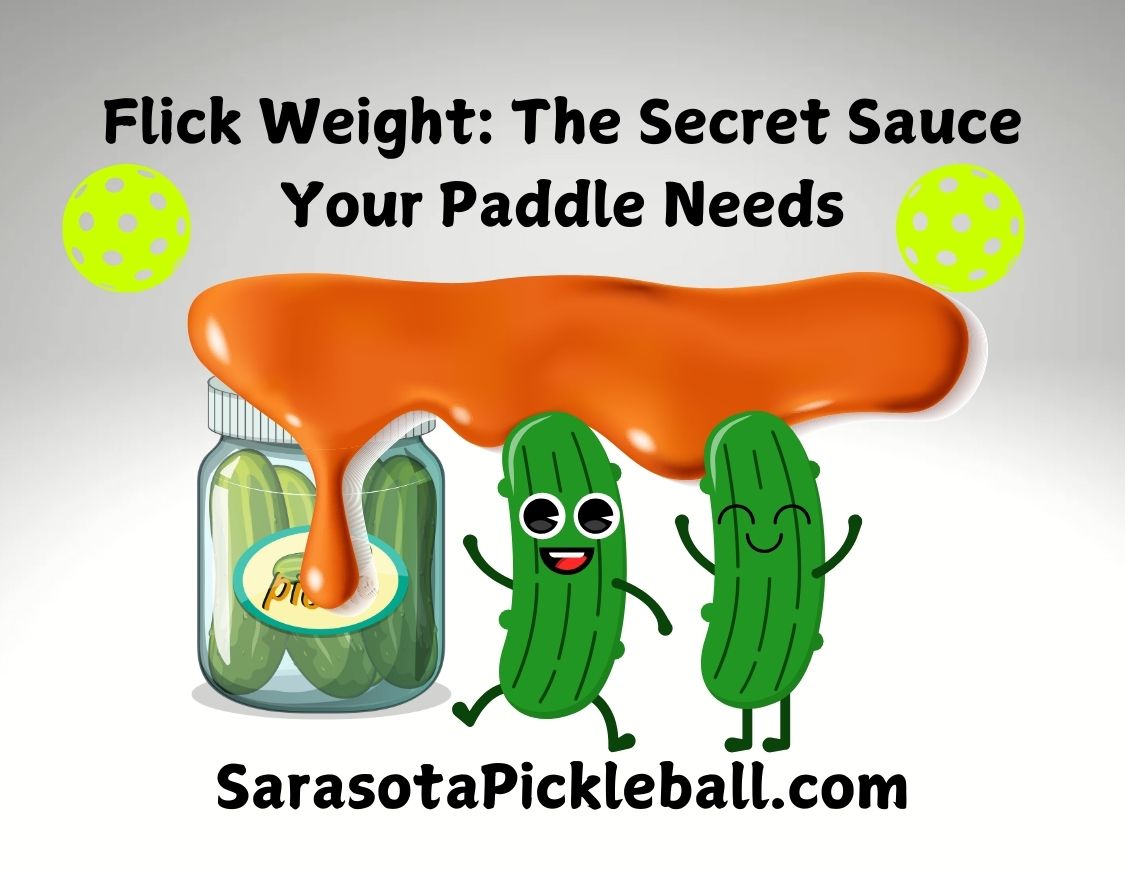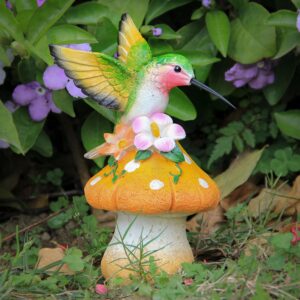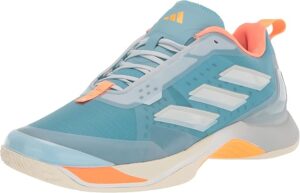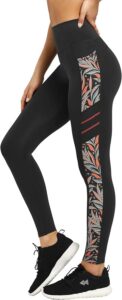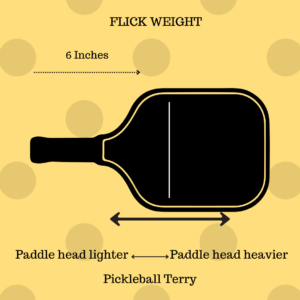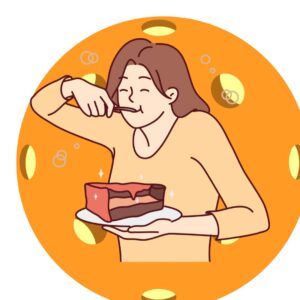Staying Hydrated on the Pickleball Court: Your Summer Survival Guide
When the summer heat kicks in, staying hydrated isn’t just about comfort — it’s essential for performance and safety on the pickleball court. As temperatures rise, so does your body’s need for water and electrolytes. Whether you’re playing a quick game or grinding through a full tournament, hydration can be the difference between finishing strong or fizzling out.
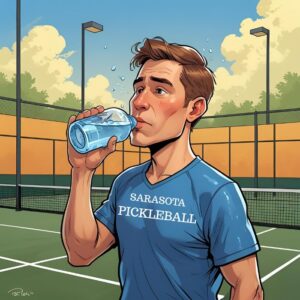
Why Hydration Matters in Pickleball
Pickleball, while fun and social, is a high-intensity sport. It involves quick bursts of movement, constant direction changes, and extended time on the court — often under the blazing sun. This leads to sweating, which causes the body to lose not just water but also electrolytes.
Dehydration can lead to:
- Fatigue and sluggishness
- Muscle cramps
- Dizziness or lightheadedness
- Heat exhaustion or even heat stroke
The Role of Electrolytes
So, what are electrolytes? They’re essential minerals — including sodium, potassium, magnesium, calcium, and chloride — that help regulate muscle function, nerve signals, and fluid balance. When you sweat, these minerals are lost. If they’re not replaced, your muscles may cramp and your performance will drop.
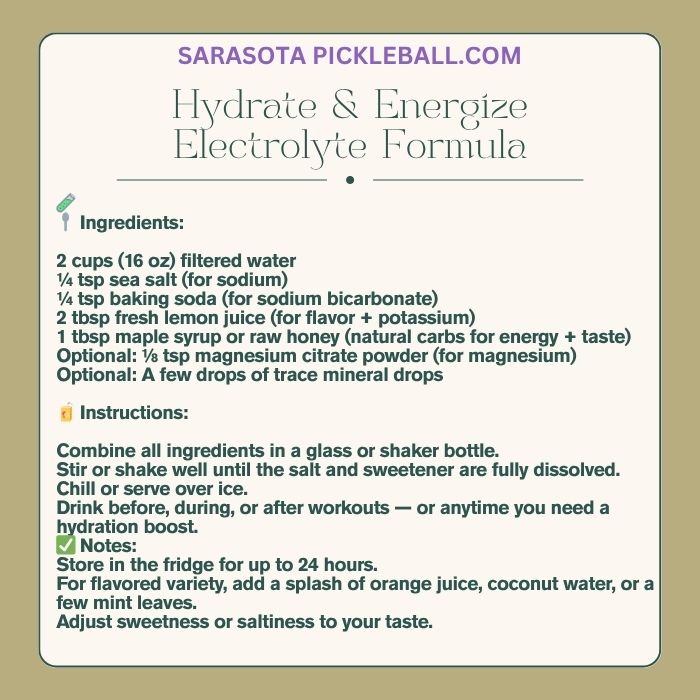
Staying Hydrated on the Pickleball Court Your Summer Survival Guide
Ice, Water, and Electrolytes: The Winning Combo
To stay safe and sharp during your summer pickleball sessions, here’s what you need to do:
1. Bring Plenty of Cold Water
Always bring more water than you think you’ll need. Insulated bottles or coolers with ice can help keep your water cold for hours — cold fluids not only hydrate but also help lower your core body temperature.
2. Add Electrolyte Supplements
Plain water is great, but when you’re sweating heavily, it’s not enough. Mix in electrolyte powders or drink ready-made electrolyte beverages. Popular options include:
- Nuun
- Liquid I.V.
- LMNT
- Gatorade Zero or Powerade Zero (for low-sugar options)
Be sure to read the labels — some products contain high amounts of sugar, which isn’t ideal during sustained activity.
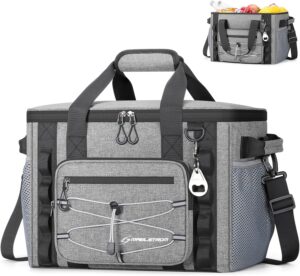
3. Pre-Hydrate and Re-Hydrate
Start hydrating before you step on the court. Sip throughout your games rather than waiting until you’re thirsty — thirst is a sign you’re already behind. After play, continue to hydrate to replace fluids lost through sweat.
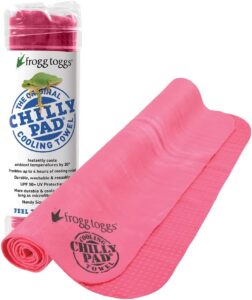
4. Pack Extra Ice
Ice is your best friend in the summer. Use it to keep your drinks cold, cool yourself off between games, or even place it in a towel around your neck to lower your body temperature during breaks.
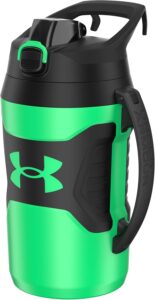
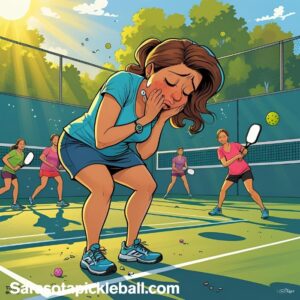
5. Know the Signs of Dehydration and Heat Illness
Don’t push through if you feel:
- Lightheaded
- Nauseous
- Excessively fatigued
- Confused or disoriented
Take a break in the shade, drink fluids, and seek help if symptoms persist.
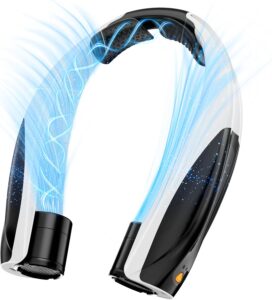
Final Tips
- Wear light, moisture-wicking clothing
- Use a hat and sunglasses
- Take frequent shade breaks
- Avoid alcohol or excessive caffeine before play
Bottom Line:
Pickleball is meant to be fun, but the heat of summer adds a serious element to your preparation. Water, electrolytes, and ice are your three keys to staying safe, energized, and on top of your game. Hydrate early, hydrate often — and bring enough to share with a partner who forgot theirs!
Stay cool and dink smart.
Thanks for reading.
Pickleball Terry
941-400-0978
How to Play Aggressive Pickleball (Without Losing Control)
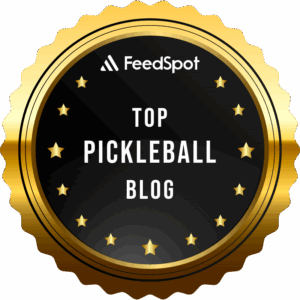 How to Play Aggressive Pickleball (Without Losing Control)If you want to win more pickleball matches, sometimes the best defense is a great offense. Playing aggressively on the court can help you take control, apply pressure, and dominate — but it needs to be smart and strategic.
How to Play Aggressive Pickleball (Without Losing Control)If you want to win more pickleball matches, sometimes the best defense is a great offense. Playing aggressively on the court can help you take control, apply pressure, and dominate — but it needs to be smart and strategic.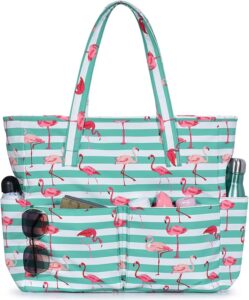 CLICK HERE
CLICK HERE
🔥 What Is Aggressive Pickleball?
Aggressive pickleball isn’t just about hitting the ball hard. It’s about:
- Taking control of the net
- Applying pressure on weak shots
- Attacking at the right moments
- Moving with purpose and confidence
- Finishing points decisively
Aggression is about mindset as much as mechanics.
✅ Benefits of Playing Aggressively
1. Forces Opponent Errors
When you play fast and aggressively, your opponents have less time to react — leading to more unforced errors.
2. You Control the Tempo
Aggressive players dictate how rallies unfold. You’re playing offense, not defense.
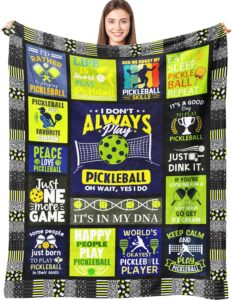
3. Creates Momentum
An aggressive approach fuels energy and momentum, shifting a match in your favor, especially in doubles.
🎯 5 Ways to Play Aggressive — the Smart Way
1. Own the Kitchen Line
After your third shot, rush the net and hold the line. This is where most points are won. From this position, you can:
- React faster
- Pressure opponents with volleys
- Cut off angles
2. Attack Weak Shots
Look for:
- Pop-ups
- High dinks
- Weak serves or returns
When you see a ball sitting up, go for it — but stay in control. Target feet, hips, or open court space.
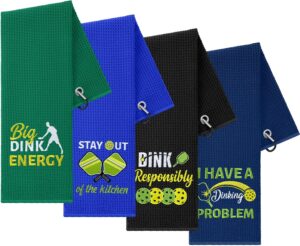
4 Pieces Funny Dinkball Towels Microfiber Cotton Athletic Towels click here
3. Use Smart Placement
Aggression doesn’t always mean power. Well-placed shots can be just as deadly:
- Sharp cross-court angles
- Deep drives to the backhand
- Roll volleys into the body
4. Anticipate & Move Early
Aggressive players don’t wait — they read and react. Stay light on your feet and anticipate your opponent’s next shot.
5. Keep Your Cool
Playing aggressively doesn’t mean playing emotionally. Stay calm, composed, and calculated. Smart aggression wins — not wild swings.
⚠️ When Not to Be Aggressive
Don’t attack just for the sake of it. Know when to reset the rally instead. Avoid attacking when:
- The ball is low or skimming the net
- You’re off-balance
- You’re out of position
Patience is part of being aggressive — wait for the right ball.
🔁 Drills to Build Aggressive Skills
- Third Shot Drive + Crash Drill
Hit a third shot drive and follow it to the net quickly. Practice footwork and court positioning. - Attack vs. Reset Game
One player attacks; the other focuses on resets. Switch roles every 5 minutes. - Fast Hands Volley Battle
Stand at the kitchen line and rapid-fire volleys with a partner to train reflexes.
🧠 Final Tip: Controlled Aggression Wins
If you want to level up your game, don’t just “play it safe.” Be the player who takes initiative, attacks smartly, and stays one step ahead.
When done right, aggressive pickleball is confident, calculated, and incredibly effective.
Want more pickleball tips? Subscribe to our newsletter and get weekly insights straight to your inbox.
Thanks for reading!
Pickleball Terry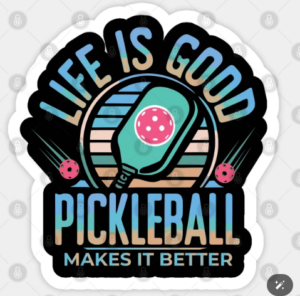
Free Beginner Lessons on Sundays at Dill Dinkers 4-6
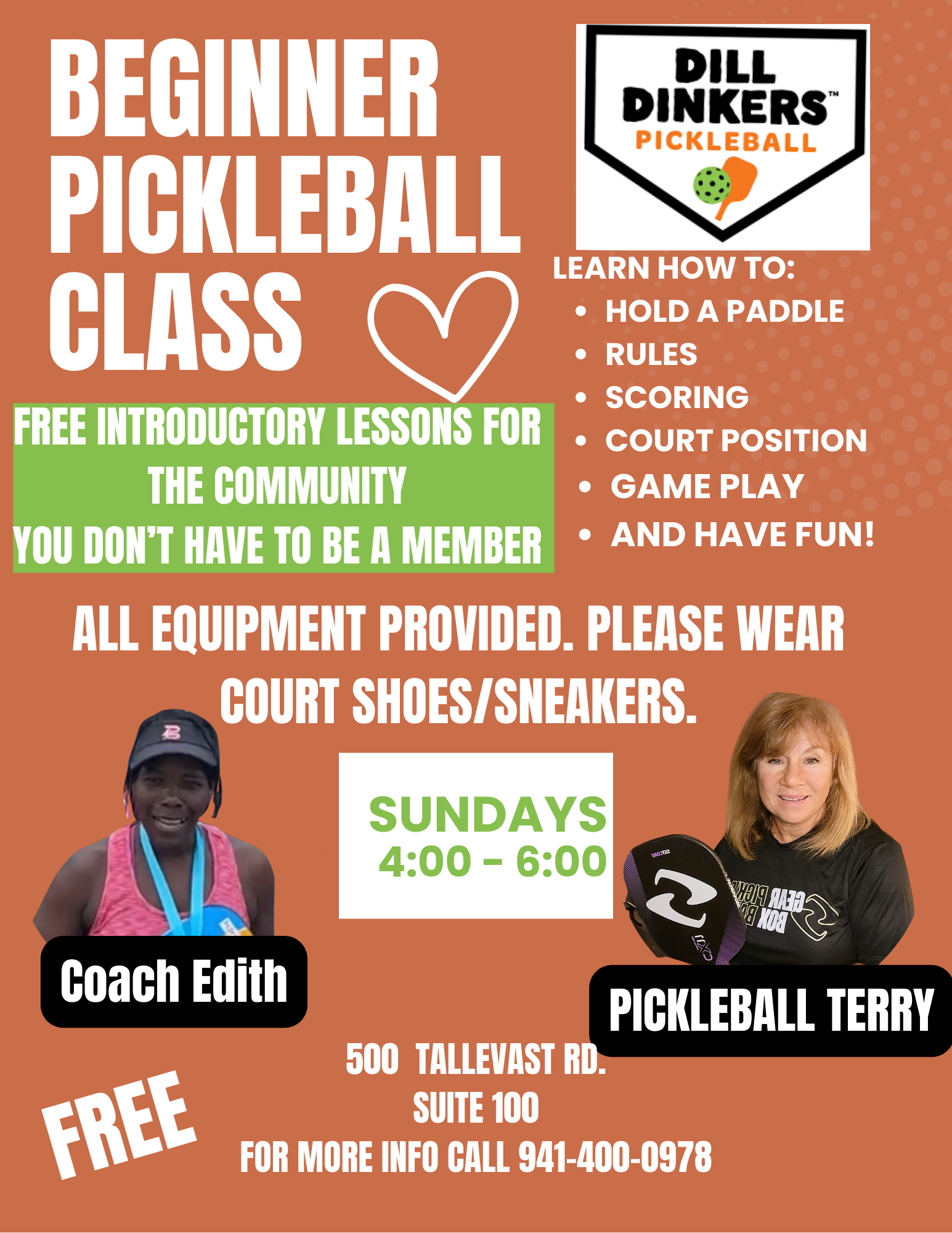
The Third Shot Drop in Pickleball
Mastering the Third Shot Drop in Pickleball: What It Is, How to Do It, and Why It Matters by Pickleball Terry
If you’re looking to level up your pickleball game, one shot you must understand and practice is the third shot drop. It’s a staple of smart, strategic play—especially in doubles—and often separates casual players from those with a more competitive edge.
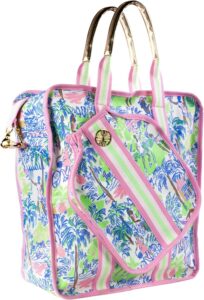 Lilly Pulitzer Pickleball Bag for Women with Storage for 2 Paddles, Zipper Pocket, Waterbottle Sleeve and Gold Details, Serving it Up CLICK HERE FOR PRICE
Lilly Pulitzer Pickleball Bag for Women with Storage for 2 Paddles, Zipper Pocket, Waterbottle Sleeve and Gold Details, Serving it Up CLICK HERE FOR PRICE
What is the Third Shot Drop?
The third shot drop is exactly what it sounds like: a soft, arcing shot played on the third shot of a rally. Here’s the typical sequence: (Remember: The serving team does the Third Shot Drop.)
- Serve (1st shot)
- Return of serve (2nd shot)
- Third shot drop
After you serve and your opponent returns the ball, you (or your partner) play the third shot. The goal is to gently drop the ball over the net into the opposing team’s non-volley zone (also called the “kitchen”), where it ideally lands softly and is difficult to attack. Sounds easy but it’s not. It’s much easier to drive the ball than to execute a Third Shot Drop. A little too high and you have just given your opponents an easy put-away. Or too soft and whoops! It lands on your side of the net. Plus it takes more brain energy to remember to use this shot successfully. Yes, it’s much easier to just slam the ball back and hope for the best. As you improve and play more advanced players, the Third Shot Drop becomes strategic to the game. You will not be able to drive a ball through advanced players who are stationed at the NVZ (non-volley zone). If you want to move up, it’s going to take more effort in the form of perfecting Third Shot Drop.
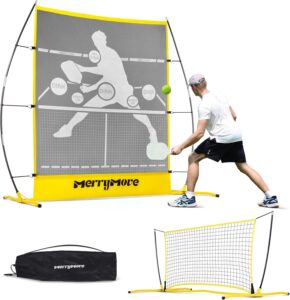
Pickleball Practice Rebounder Net: Pickleball Rebounder or 6FT Mini Pickleball Net Portable CLICK HERE FOR PRICE
I tell my students that they have to practice the shot a thousand times ( A little dramatic but practice, practice, practice.) before they try to bring it to their game. If they don’t, too many errors and they have a better chance of a drive. But if they want to move up in level, they have to know this shot and be able to execute it.
Why is It So Important?
Pickleball is a game of positioning, and the most advantageous position is at the non-volley zone (NVZ). After serving, however, the serving team is at a disadvantage because they must stay back for the return. A well-executed third-shot drop allows the serving team time to advance to the NVZ safely.
If instead, you drive the ball hard on the third shot, it often results in an easy volley or put-away for your opponents. The drop shot neutralizes the return team’s advantage, forcing them to play a soft shot from below net level, giving you time to move up.
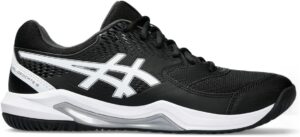
How to Execute a Third Shot Drop
Here’s a breakdown of the mechanics:
Grip and Stance: Use a continental grip for better touch. Stay low with knees bent, paddle out front, and eyes on the ball.
Contact Point: Hit the ball after it bounces, ideally when it’s on the rise. Make contact in front of your body.
Soft Touch: Think of it like tossing an egg—you want to cradle the ball with a gentle lift, not a swat. The paddle motion is more of a slow upward arc.
Target Area: Aim to land the ball just over the net and into the kitchen. It should bounce low, making it hard for your opponents to attack.
Consistency: This shot takes time to master. Focus on control, not power. Drilling this repeatedly is key.
When to Use It
While the third shot drop is most common after a return of serve, you can also use drop shots later in the rally when you’re pushed to the baseline. It’s especially effective against aggressive players who hug the net and are looking for opportunities to smash.
Final Thoughts
The third shot drop isn’t flashy, but it’s fundamental. By giving your team time to move up and take control of the net, you turn defense into offense. It requires patience, finesse, and practice—but once mastered, it becomes a game-changer.
So the next time you step on the court, don’t just drive the ball—drop it with intention. Your future self (and your partner) will thank you.
Thank you for reading,
Pickleball Terry
SarasotaPickleball.com
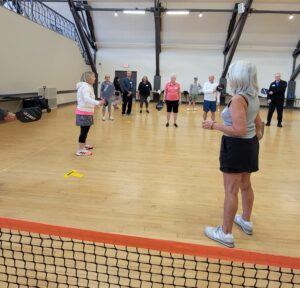
The Difference in Balls in Pickleball
Ball wars do happen. What do I mean by “ball wars”? These are disagreements that occur on pickleball courts over the type of balls being used. Some players prefer the Franklin ball, while others favor the Dura 40. Additionally, some players prefer the orange ball, while others insist on using only the green one. I’m referring specifically to outdoor balls, which are harder and have 40 small holes. In contrast, indoor balls have 26 holes, are softer, and are designed for gym floors, making them slower than outdoor balls. I’ve seen players switch balls mid-game, provoking their opponents when they discover that the ball they wanted to use is missing.
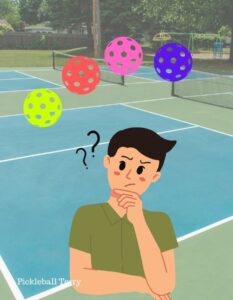
Pickleball may be simple to learn, but choosing the right equipment can make a big difference in your performance—especially when it comes to outdoor pickleballs. Unlike their indoor counterparts, outdoor balls are designed to handle wind, rougher surfaces, and the elements. But not all outdoor balls are created equal.
Let’s dive into the different types of outdoor pickleballs, what sets them apart, and how to choose the right one for your game.
Key Features of Outdoor Pickleballs
Outdoor pickleballs:
-
Have smaller, more numerous holes than indoor balls (usually 40 holes).
-
Are heavier and harder to cut through wind resistance.
-
Bounce lower and travel faster than indoor balls.
-
Tend to wear out faster due to the rougher court surfaces and impact.
With that in mind, here are the most popular types of outdoor pickleballs and what makes each one unique.
1. Dura Fast 40
Best for: Tournament play and experienced players
-
Feel: Hard and fast, offering consistent bounce and true flight.
-
Durability: Known to crack sooner than others, but widely used in official tournaments.
-
Playability: Favored by pros for its speed and precision.
Fun fact: The Dura 40 is the official ball of many major tournaments, including the USA Pickleball National Championships.
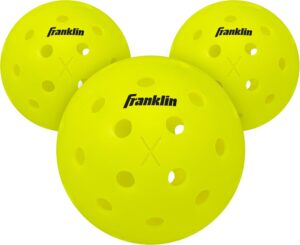
2. Franklin X-40
Best for: All-around players and clubs
-
Feel: Slightly softer than the Dura, but still fast and responsive.
-
Durability: More durable than the Dura, especially in hot weather.
- 3. Onix Fuse G2
Best for: Beginners and intermediate players
-
Feel: Softer and quieter with a slightly higher bounce.
-
Durability: Highly durable and less prone to cracking.
-
Playability: Easier to control, making it great for learning and casual play.
The Fuse G2 is a comfortable option for players transitioning from indoor to outdoor play.
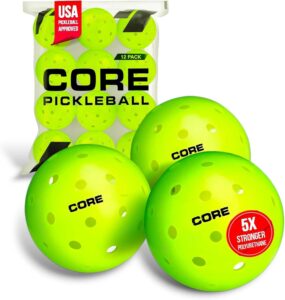 CLICK HERE FOR PRICE
CLICK HERE FOR PRICE
4. CORE Outdoor Pickleballs
Best for: Durability and value
-
Feel: Similar to Franklin, but with a slightly firmer touch.
-
Durability: Designed to withstand high impact and rough surfaces.
-
Playability: Consistent bounce and good visibility, especially in yellow or neon.
CORE balls are growing in popularity due to their balance between pro-level performance and long-lasting play.

Choosing the Right Outdoor Pickleball
When selecting a ball, consider:
-
Your skill level: Beginners may prefer softer, slower balls for easier control.
-
Playing conditions: Harder balls perform better in windy conditions.
-
Frequency of play: If you play often, look for a ball with a reputation for durability.
-
Tournament rules: If you’re playing competitively, check which balls are USAPA-approved.
The best outdoor pickleball for you depends on your goals and playing environment. Whether you’re a weekend warrior or aiming for tournament gold, experimenting with a few types is the best way to find your match. Remember—your paddle and your strategy matter, but so does your ball.
🇺🇸 Made in USA Pickleball Gear
Comparison Chart
| Brand | Product Type | Made in USA? | Notes |
|---|---|---|---|
| Selkirk Sport | Paddles | ✅ Yes | Premium paddles made in Idaho. Trusted by pros. |
| Paddletek | Paddles | ✅ Yes | Made in Michigan. Great for control and feel. |
| Engage | Paddles | ✅ Yes | Designed and produced in Florida. |
| GAMMA Sports | Paddles | ✅ Mostly | Innovative tech; made in Pittsburgh. |
| Franklin | Balls | ❌ No | Manufactured in China. |
| Dura | Balls | ❌ No | Formerly USA-made, now produced in China. |
| Onix | Balls & Paddles | ❌ No | Designed in the US, made overseas. |
| American Giant | Apparel | ✅ Yes | Durable athleticwear, made entirely in the USA. |
| Locale Pickleball Co. | Apparel | ✅ Some items | Small brand. Check tags for origin. |
And then there are indoor balls
🏠 What Makes Indoor Pickleballs Different?
Indoor pickleballs are built specifically for smoother, hard court surfaces with no wind or weather interference. Here’s how they stand out:
Key Features:
-
Fewer holes: Usually 26 larger holes (vs. 40 smaller ones in outdoor balls)
-
Softer plastic: Makes for slower play and better control
-
Quieter: Less noise during rallies—great for gyms and shared spaces
-
Higher bounce: Helps compensate for slicker surfaces
🔵 Top Indoor Pickleballs (and How They Compare)
1. Jugs Indoor Pickleballs
-
Feel: Soft and lightweight
-
Bounce: Higher than most—great for slower indoor courts
-
Durability: Very durable; holds up well on hardwood and tile floors
-
Best for: Beginners, casual play, and schools
📝 Note: Jugs are not USAPA approved for tournament play—but they’re a fan favorite for recreational use.
CICK HERE FOR PRICE
2. Onix Fuse Indoor Pickleballs
-
Feel: Slightly firmer than Jugs
-
Bounce: Consistent with a smooth feel
-
Durability: Excellent; designed for extended indoor use
-
Best for: Competitive recreational players, clubs, and training
📝 The Onix Fuse Indoor ball is USAPA-approved, which makes it a solid pick for league play.
3. Franklin X-26 Indoor Pickleballs
-
Feel: Very balanced—between soft and firm
-
Bounce: Consistent, slightly lower than Jugs
-
Durability: Good; may crack over time with heavy use
-
Best for: Players who like a bit more control and quieter hits
📝 Great for controlled rallies and technical play indoors.
4. CORE Indoor Pickleballs
-
Feel: Firm and responsive
-
Bounce: Consistent and slightly livelier
-
Durability: Designed for high-usage environments like rec centers
-
Best for: Players transitioning from outdoor to indoor
📝 A newer player in the market, but gaining popularity quickly.
⚖️ Indoor Ball Comparison Chart
| Brand | Holes | USAPA Approved? | Bounce | Durability | Best For |
|---|---|---|---|---|---|
| Jugs | 26 | ❌ No | High | High | Beginners, schools, rec play |
| Onix Fuse | 26 | ✅ Yes | Medium | Very High | Clubs, leagues, consistent play |
| Franklin X-26 | 26 | ✅ Yes | Medium | Moderate | Technical/control players |
| CORE | 26 | ✅ Yes | Medium-High | High | Versatile indoor players |
🎯 How to Choose the Right Indoor Pickleball
-
New to the game? Try Jugs—they’re forgiving and fun to play with.
-
Want tournament-ready play? Onix Fuse or Franklin X-26 are safe bets.
-
Looking for all-around durability? CORE Indoor or Onix Fuse are your go-tos.
So there you go. I remember the days when we were just happy to have a jug ball, but times have changed, pickleball has advanced, and so have the players.
Keep playing pickleball.
Thanks for reading,
Terry Ryan
A.K.A. Pickleball Terry

- © 2025 Sarasota Pickleball Organization | All rights reserved
The Rise of Young Pickleball Players: Why the Sport is Attracting a New Generation
Leg Strength: A Key Indicator of Overall Health
Leg Strength: A Key Indicator of Overall Health and How to Build It By Terry Ryan (A.K.A. Pickleball Terry)
When it comes to overall health and longevity, leg strength plays a crucial role. Studies have shown that leg strength is a strong predictor of overall vitality, mobility, and even cognitive function. Whether you are an athlete, an active adult, or someone looking to improve daily function, focusing on strengthening your legs can have significant benefits for your health and well-being.

Balance Board Professional Wobble Board for Adults Anti-Slip 350LBS Balance Boards for Physical Therapy
Talking to one of my longtime friends, she mentioned to me that she is worried to fall down because she doesn’t think she could get up without someone’s help. I stopped in my tracks. What did she mean? Didn’t she know how important it is to maintain lower body strength? Weak legs are the first sign that your body is breaking down, according to a doctor I listened to on Youtube. Loss of leg strength is a way to lose mobility, and on your way to losing independence. Yikes!
I said nothing to her besides offering her free pickleball lessons. This was not even an option for her because she was too afraid of falling.
Why Leg Strength Matters
1. Mobility and Independence
Strong legs are essential for maintaining mobility as you age. They allow you to perform daily activities like walking, climbing stairs, and getting in and out of chairs with ease. Weak leg muscles can lead to balance issues and increase the risk of falls, which is a major concern for older adults.
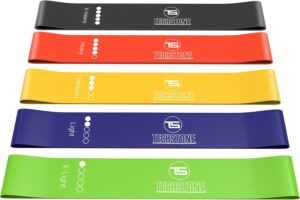
2. Metabolic and Cardiovascular Health
Leg muscles are among the largest in the body, and strengthening them helps improve metabolism. Engaging these muscles in strength training or endurance exercises can lead to better blood circulation, lower blood pressure, and reduced risk of cardiovascular diseases.
3. Cognitive Function
Surprisingly, leg strength has been linked to brain health. Research suggests that individuals with stronger legs tend to have better cognitive function and a lower risk of dementia. This is likely due to improved blood flow and oxygen supply to the brain, which are enhanced by regular physical activity.
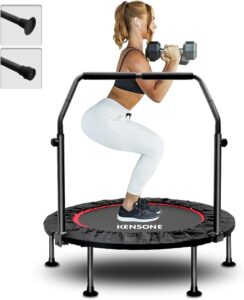
4. Joint and Bone Health
Weight-bearing exercises that strengthen the legs also improve bone density, reducing the risk of osteoporosis. Strong leg muscles support the joints, alleviating stress on the knees and hips, which helps prevent injuries and conditions like arthritis.
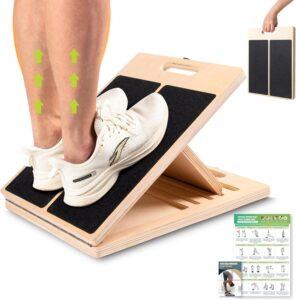
How to Strengthen Your Legs
1. Squats
Squats are one of the most effective exercises for building leg strength. They engage the quadriceps, hamstrings, and glutes. Start with bodyweight squats and progress to weighted squats as you gain strength.
2. Lunges
Lunges target the major leg muscles while also improving balance and coordination. Try forward lunges, reverse lunges, and side lunges for a well-rounded workout.
3. Deadlifts
Deadlifts are excellent for strengthening the posterior chain, which includes the hamstrings, glutes, and lower back. They also enhance core stability and improve posture.
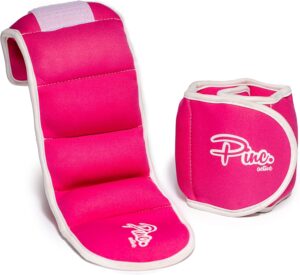
4. Calf Raises
To strengthen the lower legs, perform calf raises by standing on the edge of a step and lifting your heels up and down. This exercise helps with ankle stability and endurance.
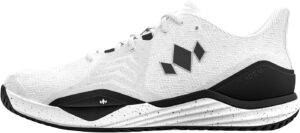
5. Step-Ups
Using a sturdy bench or step, step up and down repeatedly while engaging your leg muscles. This functional exercise mimics movements used in daily activities like climbing stairs.
6. Cycling and Walking
Low-impact exercises like cycling and brisk walking are great for building endurance and strength in the legs without putting excessive strain on the joints.
7. Resistance Band Exercises
Using resistance bands for leg workouts can add variety and intensity. Exercises like lateral band walks and seated leg extensions help strengthen the muscles around the knees and hips.
Recap
Leg strength is a critical determinant of overall health, affecting mobility, metabolism, brain function, and joint health. Incorporating leg-strengthening exercises into your routine can improve your quality of life, enhance longevity, and prevent injuries. Whether you prefer weight training, bodyweight exercises, or cardiovascular activities, making leg workouts a priority will benefit you in numerous ways. So, keep exercising and keep playing pickleball.
Thank you for reading!
Pickleball Terry
Dinkpickleball@gmail.com

Pickleball and the Invisible Woman Syndrome: A Game-Changer for Women Over 50
By Terry Ryan (A.K.A. Pickleball Terry)
Aging comes with many rewards—wisdom, experience, and newfound freedom. Yet, for many women over 50, it also brings an unsettling reality: the Invisible Woman Syndrome. This phenomenon describes how women in this demographic often feel overlooked in social settings, workplaces, and even within their own families. But in an unexpected place—on the pickleball court—many are rediscovering their confidence, camaraderie, and sense of visibility.
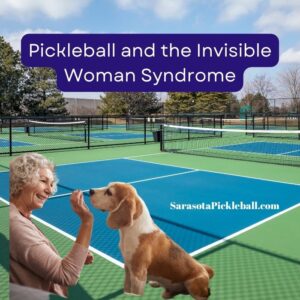
The Struggle with Invisibility
Society often places an expiration date on a woman’s visibility, valuing youth over experience and appearance over wisdom. Women in midlife and beyond frequently report feeling ignored in professional and social environments. Whether at the store, in meetings, or even among younger generations, their voices and presence seem to fade into the background. This can lead to isolation, lower self-esteem, and a reluctance to engage in new activities.
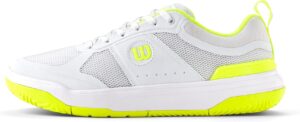
{Unlike traditional gym workouts, which can feel solitary, pickleball is inherently social. It encourages teamwork, conversation, and shared experiences, helping to dissolve feelings of invisibility.}
How Pickleball is Changing the Game
Enter pickleball—a sport that has surged in popularity, especially among older adults. With its accessible rules, smaller court size, and welcoming community, pickleball has become an avenue for women to reclaim their presence and sense of self. Here’s how:
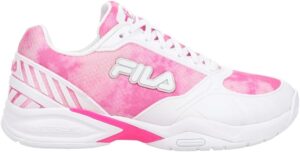
1. Building Confidence Through Physical Activity
Many women feel a loss of agency over their bodies as they age. Pickleball provides an empowering way to stay active without the intensity of high-impact sports. The game improves agility, strength, and coordination, reinforcing that strength and vitality aren’t just for the young.
2. A Social Hub for Connection
Pickleball fosters a strong community, offering women the chance to meet new people and form lasting friendships. Unlike traditional gym workouts, which can feel solitary, pickleball is inherently social. It encourages teamwork, conversation, and shared experiences, helping to dissolve feelings of invisibility.
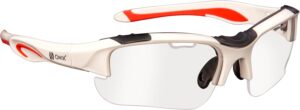
3. A Level Playing Field
One of the most liberating aspects of pickleball is its inclusivity. Unlike many competitive sports, pickleball welcomes players of all skill levels and backgrounds. Women who may have felt sidelined in other athletic endeavors find themselves embraced, appreciated, and even celebrated on the court.
4. Redefining What it Means to Age
Playing pickleball shatters outdated stereotypes about aging. Women over 50 are proving they are not just present—they are thriving. Many players take up the sport for fun and soon find themselves competing in tournaments, coaching others, or leading pickleball communities.
The Psychological Boost
The benefits extend beyond physical health. Engaging in a sport like pickleball enhances mental well-being by reducing stress, improving mood, and reigniting a sense of purpose. Feeling seen and valued on the court translates into greater confidence off the court, helping women reclaim their space in all aspects of life.
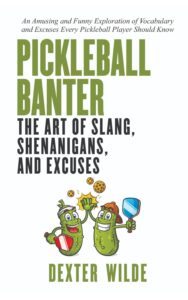
The take-away
For many women, pickleball is more than just a sport—it’s a revolution. It provides an antidote to the Invisible Woman Syndrome by fostering empowerment, social connection, and renewed confidence. As more women step onto the court, they aren’t just playing a game; they are taking back their visibility, proving that life after 50 is not about fading into the background but stepping into a new and vibrant chapter.
So, if you’ve been feeling overlooked, grab a paddle and join the movement. Your best years—and your best game—are just beginning.
Thank you for reading.
Pickleball Terry
Owner and founder of Sarasotapickleball.com
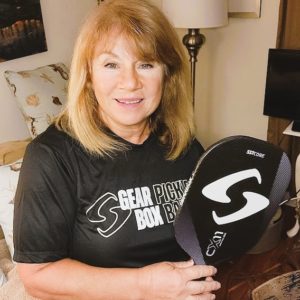
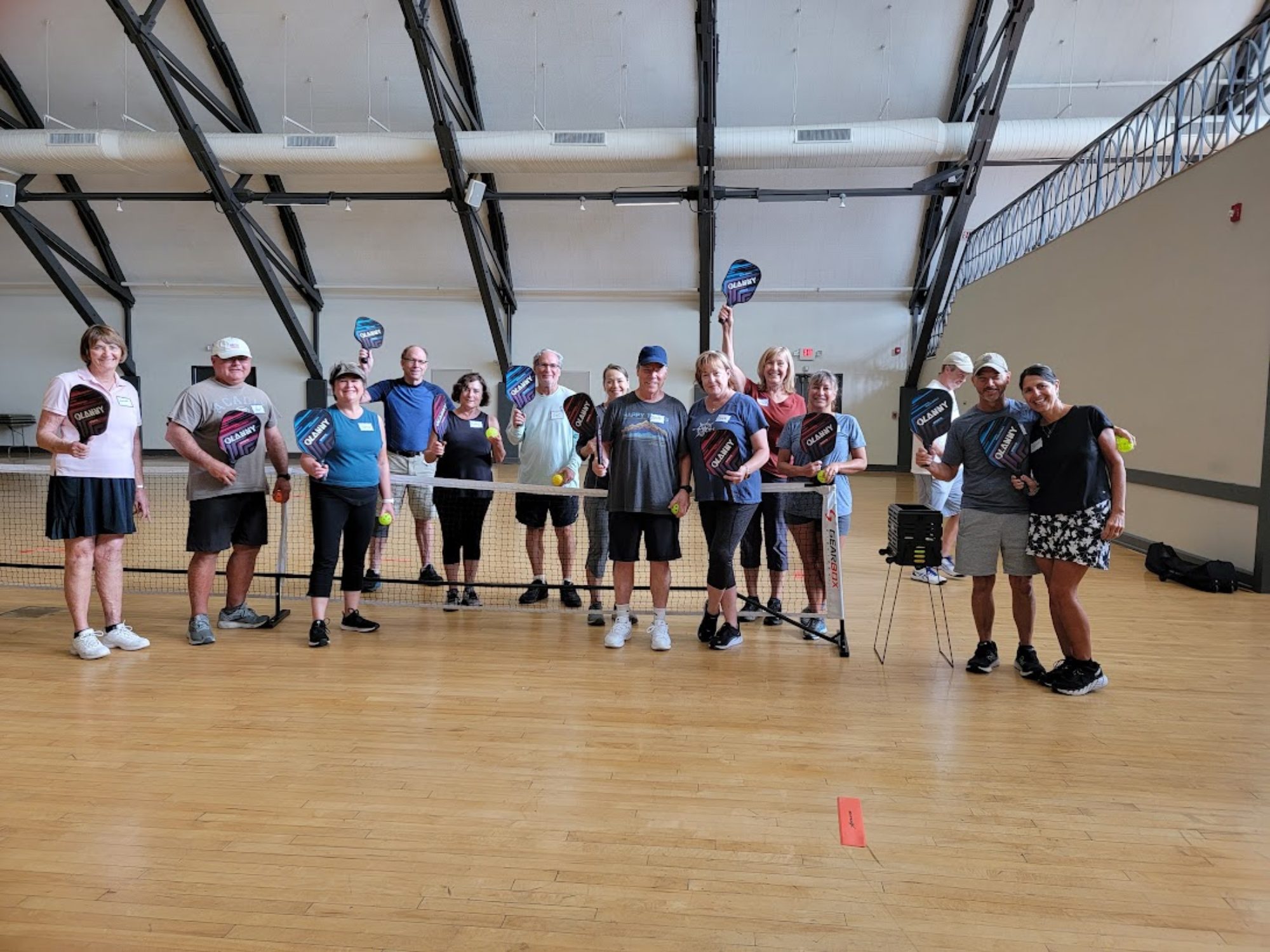

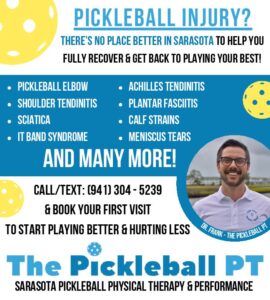
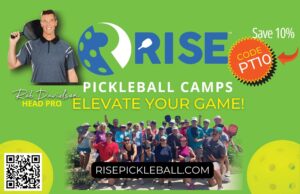


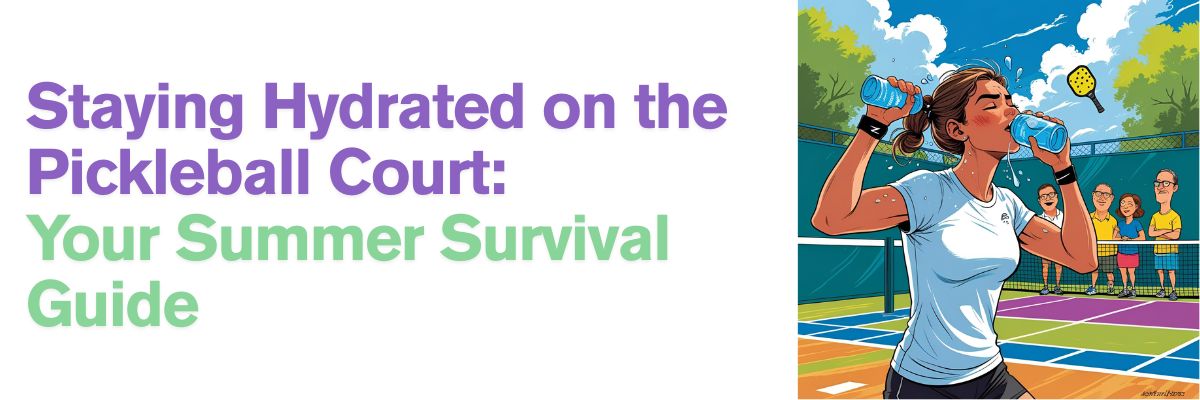
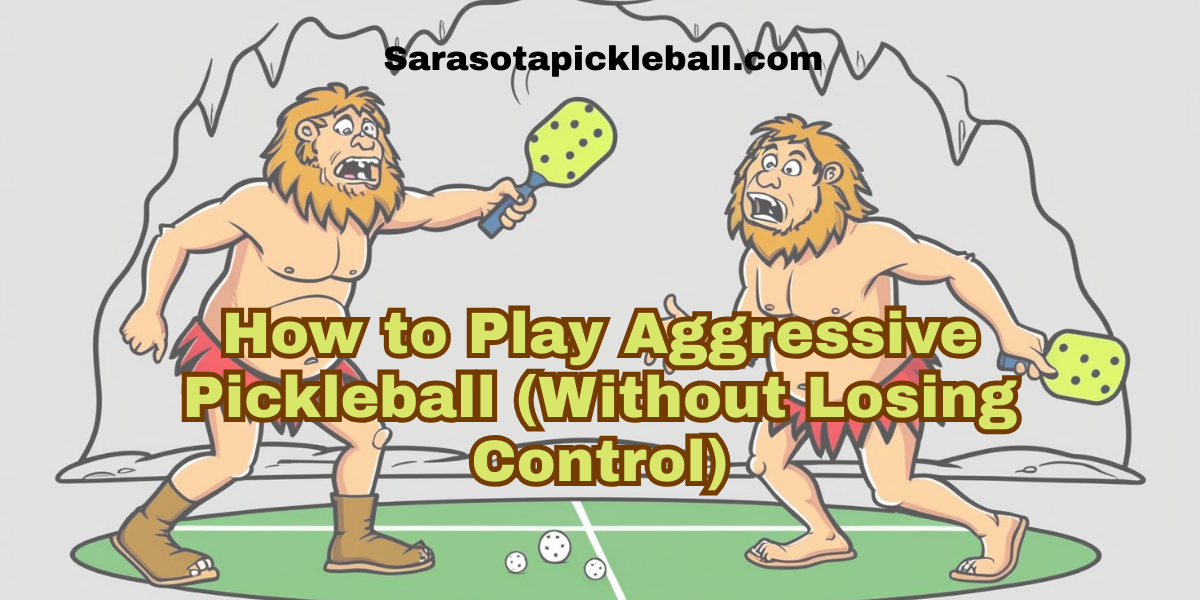
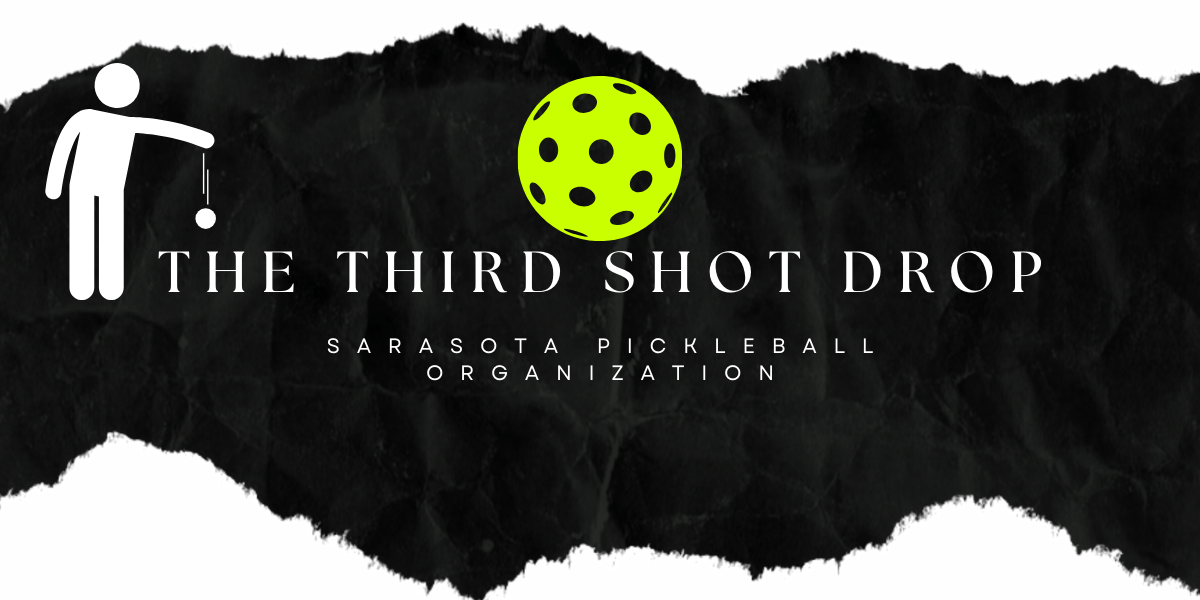
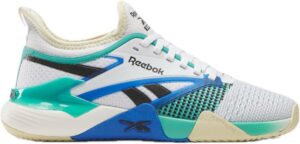 CLICK HERE
CLICK HERE
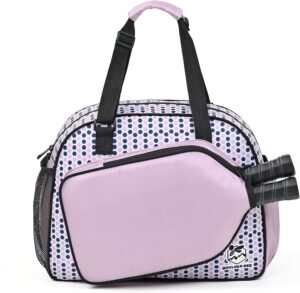
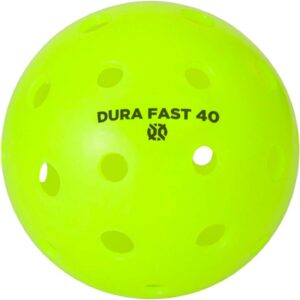 CLICK HERE TO SEE PRICE
CLICK HERE TO SEE PRICE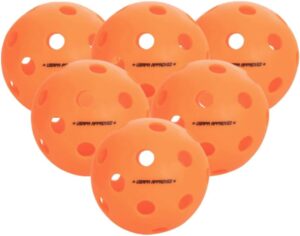 Click here for price
Click here for price